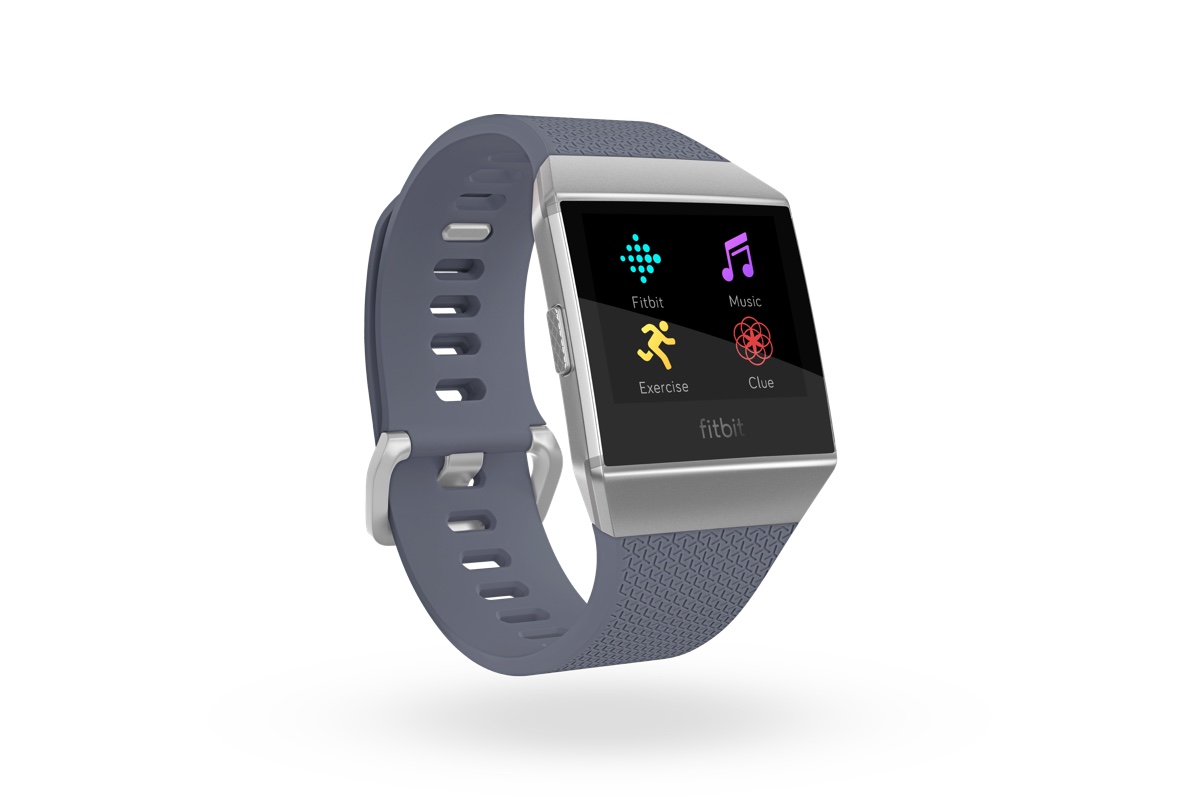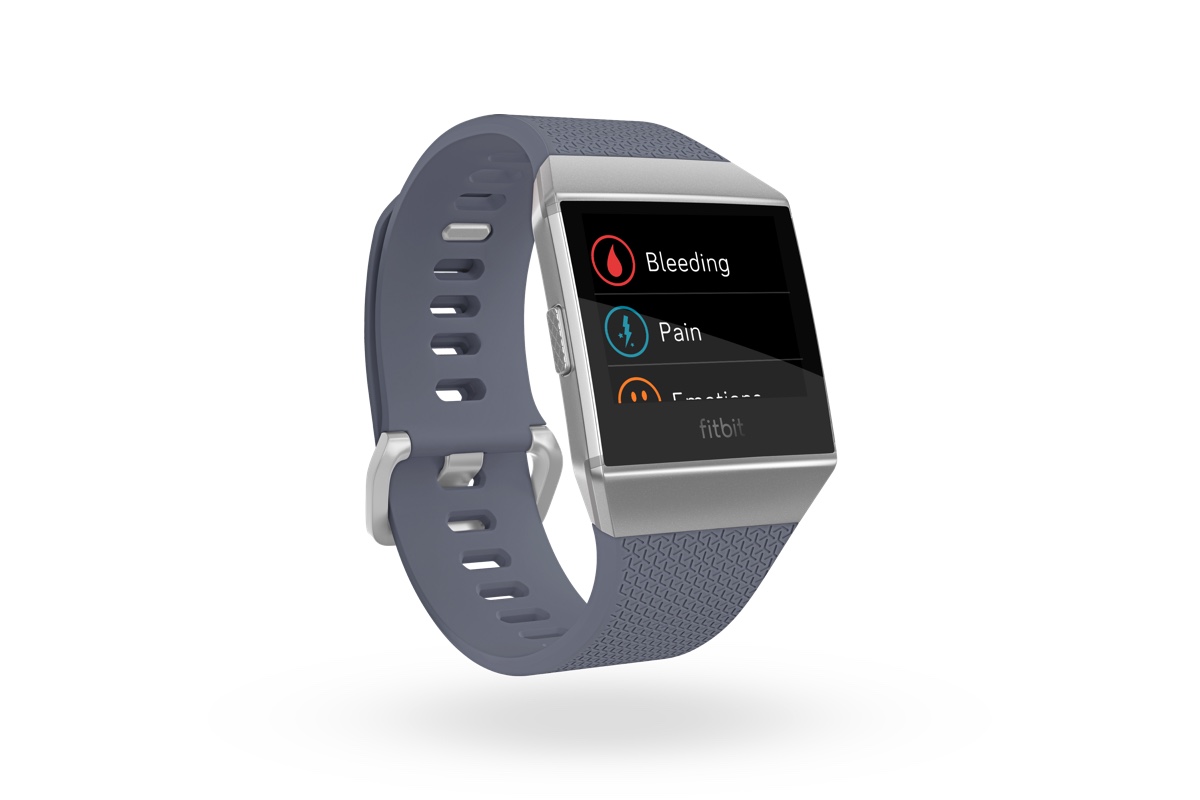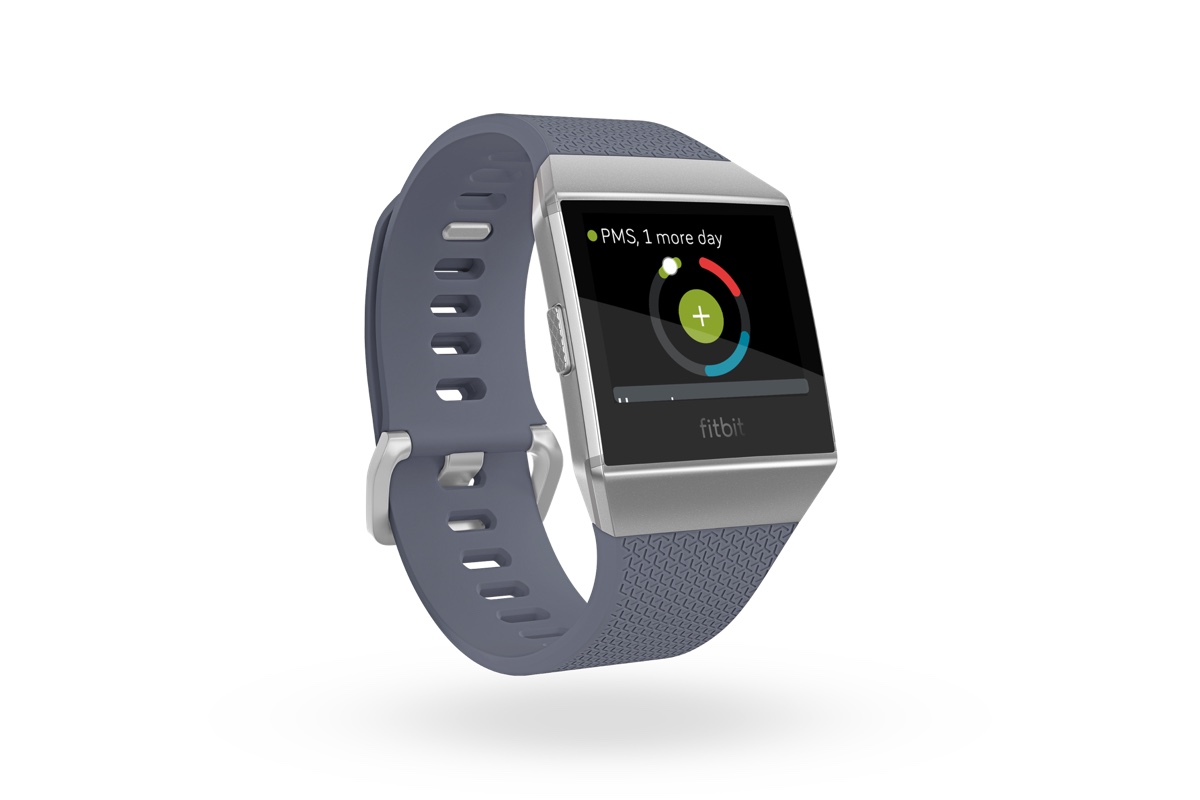Fitness wearable manufacturer Fitbit and female-specific health app Clue have joined forces to give women a new way to track their personal health. The two companies have collaborated to bring the popular app to the Fitbit Ionic for the first time, allowing users to seamlessly share their data from the wearable device to the Clue ecosystem.
Initially released in the App Store and on Google Play back in 2013, Clue now boasts more than 5 million users. The app was originally designed to make it easier for women to track their periods, but over the years it has expanded to record other data, too. For instance, it gives them the ability to keep track of their mood and energy levels on any given day while also charting where they are in their menstrual cycle.
Fitbit has worked closely with Clue to bring the app to its flagship device. Users who install the app on the Ionic gain the ability to track their periods, symptoms of PMS, and other variables directly on the wearable itself. They’ll also be able to view their upcoming cycle and check PMS and fertile window projections directly from their wrist.

Data collected from the Ionic device can be shared with the Clue app to help improve the accuracy of the user’s cycle tracking as well. The device records workout data, sleep, weight, heart rate, and other important metrics, all of which the Clue can use to provide a better all-around experience for its users.
In announcing this partnership Clue CEO and co-founder Ida Tin said, “With the wearable market growing year-on-year, we are incredibly excited to partner with Fitbit to become the first female health app available on Fitbit Ionic.” She goes on to add, “Clue’s ultimate aim is to help women better understand and easily keep track of their menstrual cycle and overall health, and we’re confident that our users will appreciate the convenience of being able to monitor their female health from their wrist.”
The Clue app is available now free of charge in the Fitbit App Gallery. For more information, you can visit the official Clue website.






